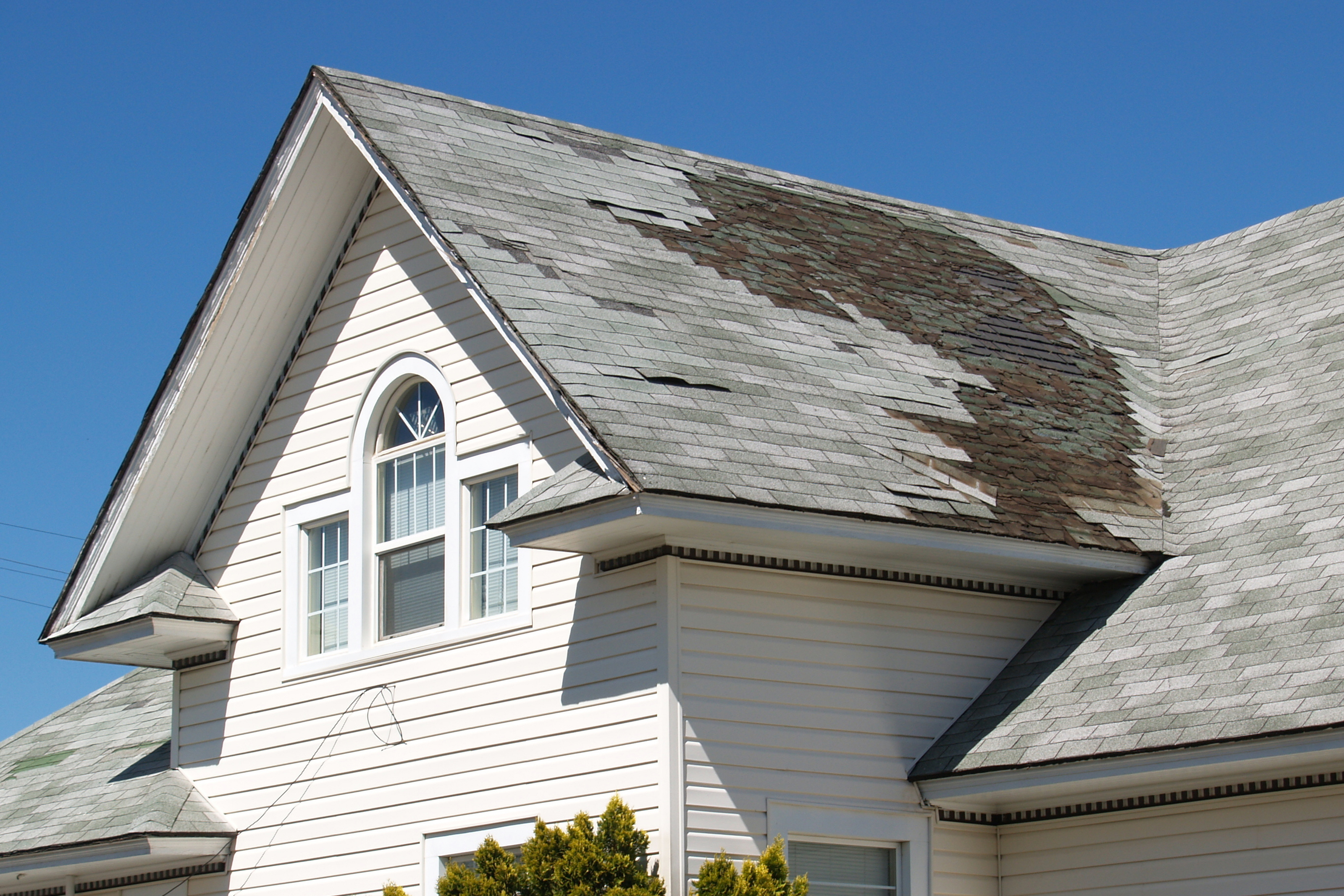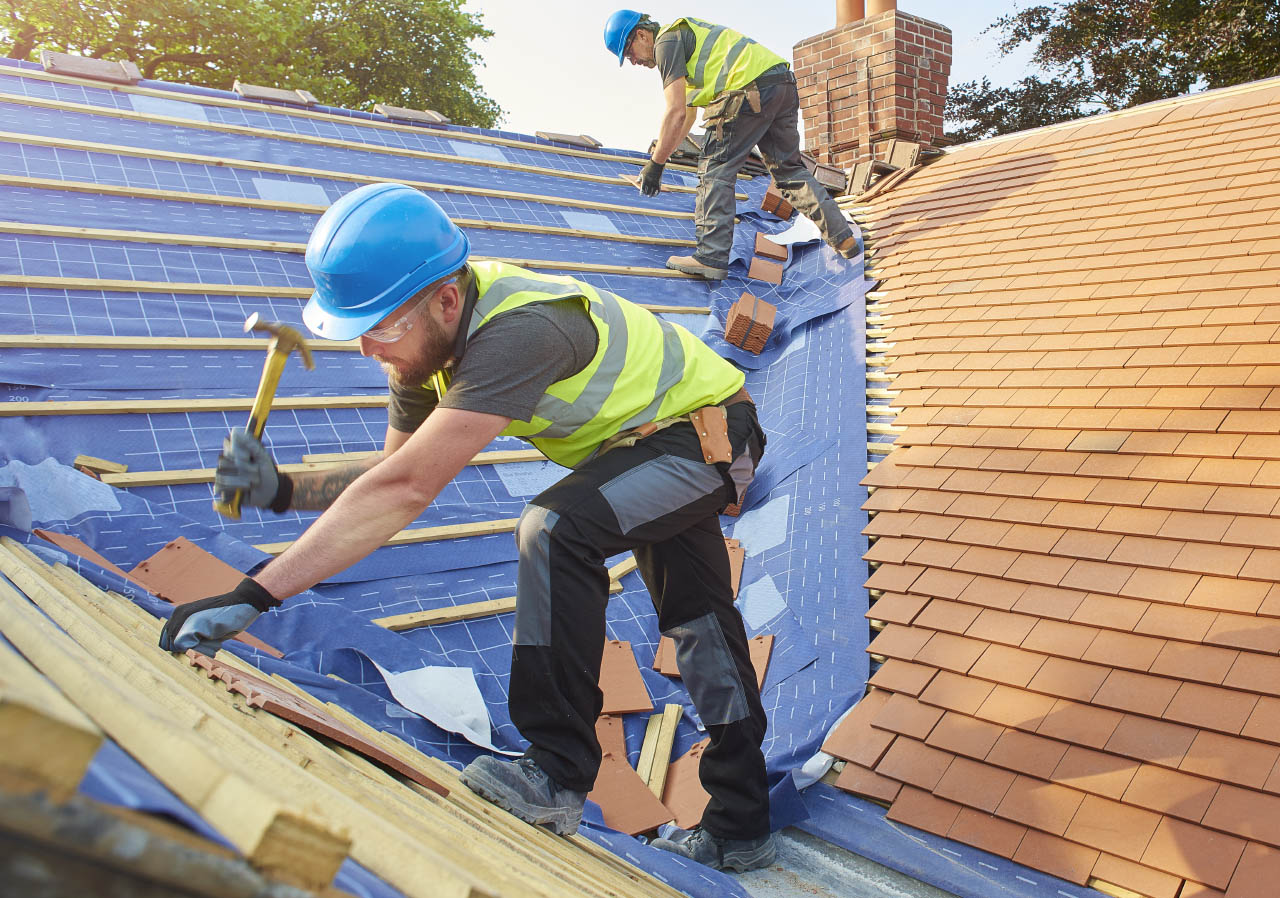Roofers Oahu: Specialist Roof Installations and Repairs
Roofers Oahu: Specialist Roof Installations and Repairs
Blog Article
Understanding the Various Sorts Of Roofing Systems: A Comprehensive Guide for Homeowners
With a selection of alternatives-- ranging from the traditional gable to the modern flat-- each type offers special advantages and challenges that need to line up with the property owner's particular demands and ecological considerations. As we explore the intricacies of numerous roof covering types, it ends up being apparent that one dimension does not fit all; the best choice might surprise you.
Saddleback Roof
Gable roofings, defined by their triangular form, are amongst the most popular roof covering designs because of their simpleness and efficiency in losing water and snow. This style includes two sloping sides that fulfill at a ridge, enabling for reliable drainage and reducing the threat of water accumulation. The high pitch generally related to saddleback roofs improves their capacity to deal with hefty rainfall, making them ideal for different environments.
In addition to their useful advantages, saddleback roofs provide visual versatility. They can be adapted to different architectural designs, from traditional to contemporary homes. The style can additionally suit added features such as dormer windows, which enhance all-natural light and air flow in the attic area.
In addition, gable roofing systems supply enough space for insulation, adding to power efficiency. Homeowners can select from a variety of roof materials, consisting of asphalt roof shingles, metal, and tiles, even more improving modification alternatives.
Regardless of their benefits, gable roofs may require additional assistance in locations vulnerable to high winds or hefty snowfall. Overall, the saddleback roof stays a popular selection as a result of its mix of performance, sturdiness, and aesthetic allure.
Apartment Roofs
Level roofings are often identified for their minimal style and useful applications, particularly in commercial and industrial settings (oahu roofing). These roofing systems feature a horizontal or nearly straight surface area, which enables easy construction and functional area usage. While they may lack the visual charm of pitched roofing systems, flat roof coverings offer countless benefits, especially in city atmospheres where taking full advantage of area is important
One of the key advantages of level roofs is their accessibility. Home owners can use the roofing area for various objectives, such as rooftop yards, terraces, or solar panel installments. Furthermore, level roofings are generally a lot more cost-efficient to preserve and mount compared to their sloped equivalents, as they require less materials and labor.
Typical materials made use of for flat roofings consist of built-up roof covering (BUR), modified bitumen, and single-ply membrane layers, each offering distinctive advantages. Overall, level roofing systems offer as a functional and versatile option for many home owners and organizations alike.
Hip Roof Coverings
Hip roofs are defined by their sloped sides that converge on top, forming a ridge. This layout stands out from gable roof coverings, as all four sides of a hip roof slope downwards toward the walls, providing an extra stable framework. The angle of the inclines can differ, enabling convenience in building aesthetic appeals and functionality.
One of the key advantages of hip roof coverings is their capacity to hold up against hefty winds and adverse climate condition. The sloped surfaces enable much better water drainage, minimizing the danger of leaks and water damages. Furthermore, hip roofings supply increased attic area, which can be made use visit our website of for storage space and even exchanged livable locations.
Nonetheless, constructing a hip roofing can be more expensive and complicated than easier roof covering types, such as gable roof coverings. The extra product and labor entailed in creating the inclines and guaranteeing correct architectural honesty can result in greater costs. In spite of these downsides, numerous property owners favor hip roof coverings for their longevity, visual appeal, and capacity for power efficiency.
Mansard Roof Coverings
Mansard roofs, often recognized by their distinct four-sided design, attribute two inclines on each side, with the lower slope being steeper than the upper. This building design, stemming from France in the 17th century, is not only visually appealing yet practical, as it maximizes the functional area in the top floors of a building. The high lower incline permits more headroom, making it a perfect choice for attics or loft spaces, which can be converted into living spaces.
Mansard roofs are identified by their adaptability, suiting different architectural designs, from traditional to modern. They can be created with different materials, including asphalt shingles, slate, or metal, supplying home owners with a variety of alternatives to suit their budget plans and preferences. Furthermore, the style permits the assimilation of dormer home windows, improving natural light and ventilation in the upper levels.
Nevertheless, it is necessary to take into consideration the prospective disadvantages. Mansard roof coverings might call for even more upkeep because of the intricacy of their layout, and their steep inclines can be challenging for snow and rainfall runoff. Overall, mansard roofs combine elegance with usefulness, making them a preferred option amongst house owners seeking distinctive building get more functions.
Shed Roof Coverings
As homeowners progressively seek simpleness and capability in their building designs, lost roofings have become a popular choice. Characterized by a single sloping airplane, a shed roofing provides a minimalist visual that matches various home designs, from contemporary to rustic.
One of the key advantages of a shed roofing is its simple building, which commonly converts to lower labor and material prices. This layout permits efficient water drainage, reducing the danger of leakages and water damages. Additionally, the upright incline offers enough space for skylights, improving all-natural light within the interior.
Dropped roofs likewise use versatility in terms of usage. They can be properly incorporated into additions, garages, or outside frameworks like pavilions and sheds. Additionally, this roofing design can suit various roofing materials, consisting of steel, asphalt tiles, or also environment-friendly roofs, lining up with green initiatives.
However, it is necessary to take into consideration regional climate problems, as hefty snow lots might demand changes to the roof covering's angle or structure. On the whole, shed roofs provide a functional and aesthetically pleasing choice for property owners wanting to maximize functionality without endangering design.
Verdict


Gable roofing systems, identified by their triangular shape, are among the most preferred roofing designs due to their simpleness and effectiveness in dropping water and snow. oahu roofing. The high pitch commonly connected with gable roof coverings enhances their capability to handle hefty rainfall, making them appropriate for numerous environments
While they may lack the visual appeal of pitched roofs, level roofing systems use countless advantages, especially in city environments where optimizing room is vital.

Report this page